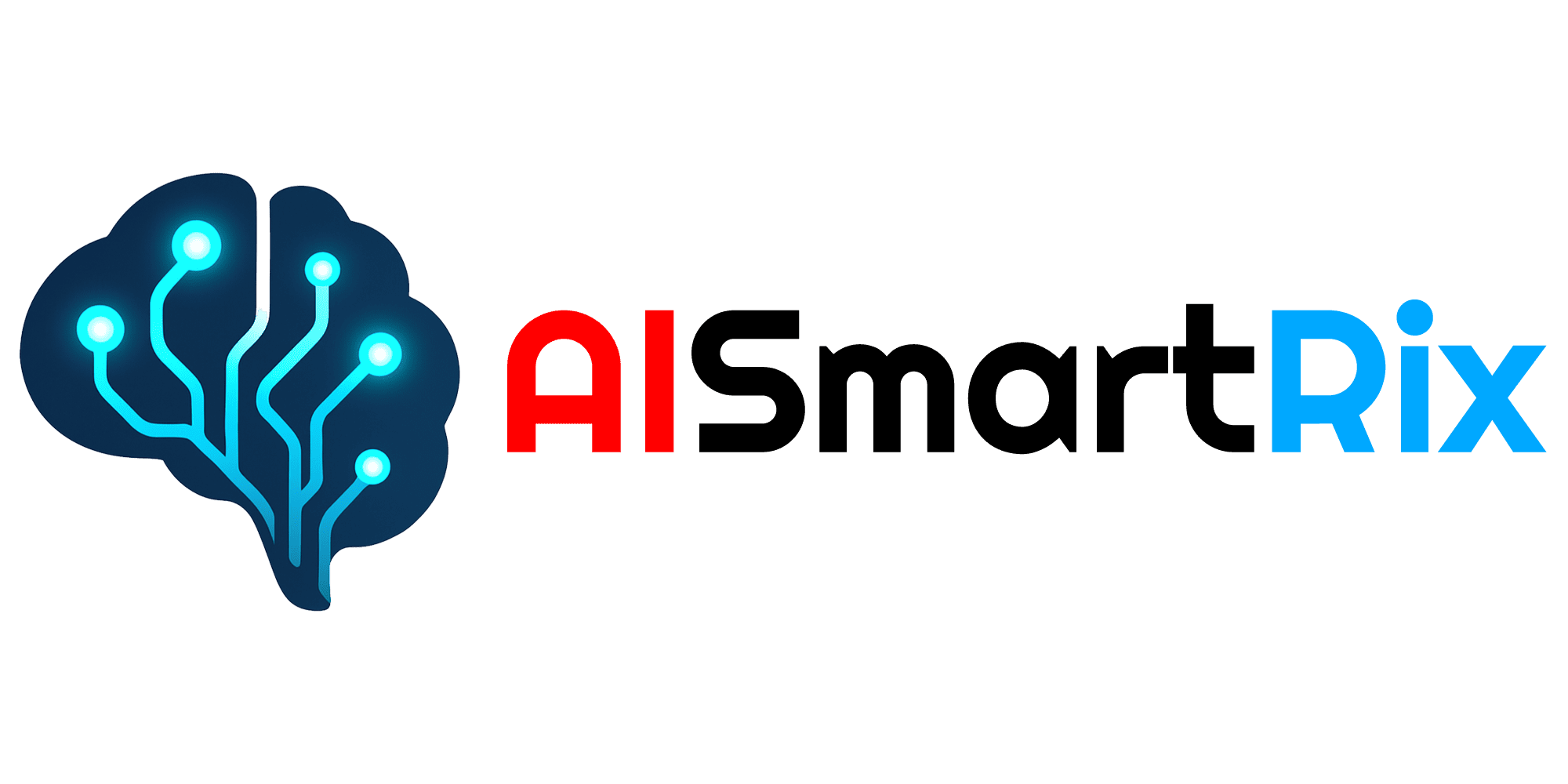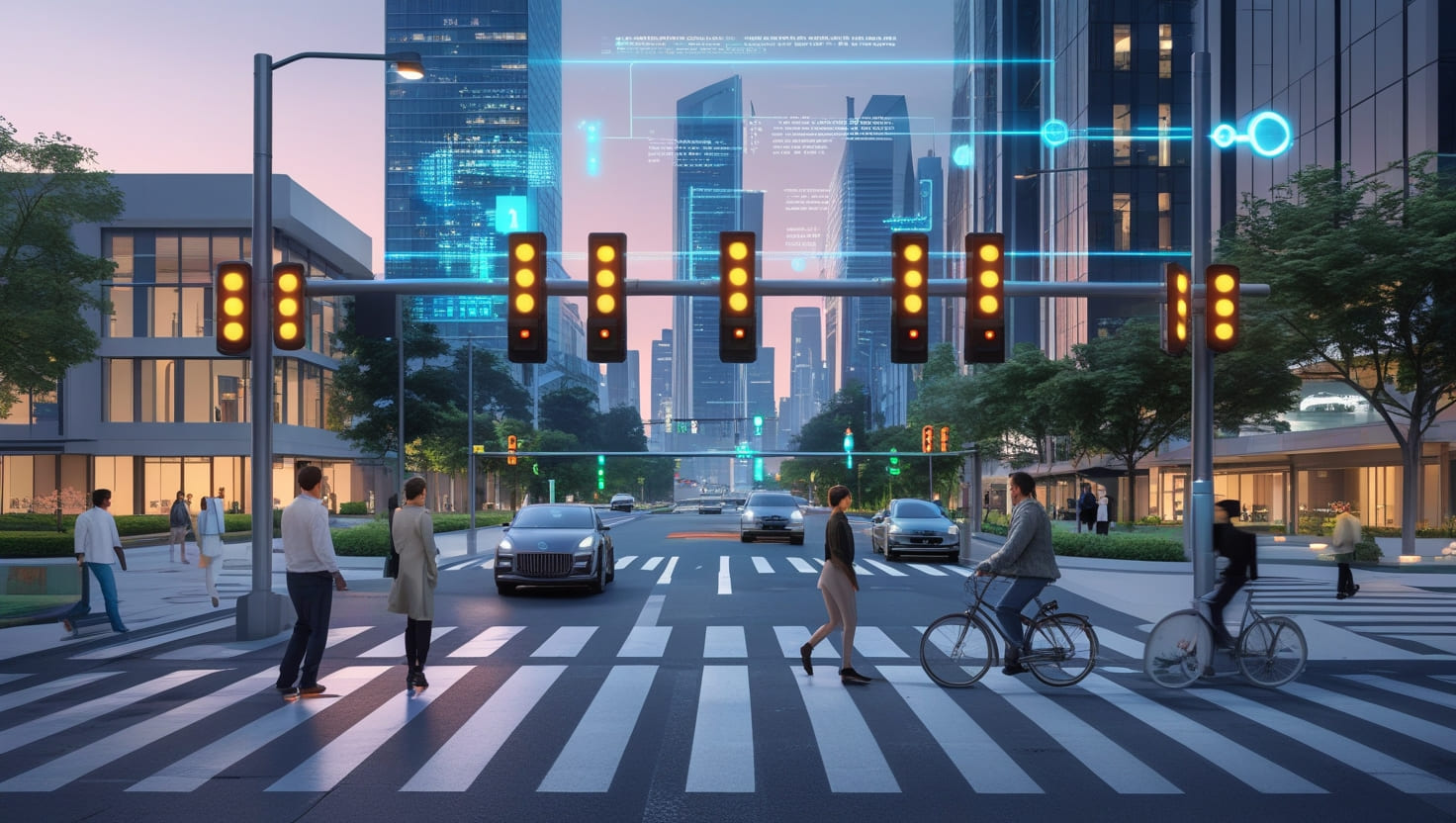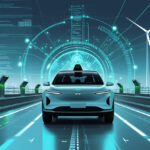AI-Powered Traffic Management for Smart Cities: Revolutionizing Urban Mobility in 2025
As urban populations grow and cities become increasingly congested, smart traffic management systems powered by artificial intelligence (AI) have emerged as vital solutions to the challenges of modern urban mobility. By leveraging real-time data, predictive analytics, and adaptive controls, AI-driven traffic systems are transforming how cities manage congestion, reduce pollution, and improve safety.
This article explores how AI optimizes traffic flow, the key technologies involved, real-world applications in smart cities, benefits, challenges, and the future outlook of AI-powered traffic management in 2025 and beyond.
What Is AI-Powered Traffic Management?
AI-powered traffic management refers to the use of machine learning algorithms, sensor data, and connected infrastructure to dynamically control and optimize traffic signals, manage vehicle flow, and improve overall transportation efficiency within urban environments.
Unlike traditional fixed-timing traffic lights and static traffic plans, AI systems continuously analyze traffic patterns, predict congestion, and adjust controls in real-time, resulting in smoother travel, shorter wait times, and safer roads.
Core Technologies Behind AI Traffic Systems
- Computer Vision and Sensors
Cameras, LIDAR, and radar devices collect live visual and motion data from intersections, highways, and pedestrian crossings. AI algorithms process this data to detect vehicle density, speed, pedestrian movement, and incidents. - Big Data Analytics
Data streams from millions of vehicles, public transit, weather conditions, and events are aggregated and analyzed to understand traffic trends and anticipate disruptions. - Machine Learning Models
Predictive models forecast traffic congestion, accident hotspots, and travel demand, allowing preemptive actions. - Adaptive Signal Control Technology (ASCT)
Traffic signals adjust dynamically based on AI insights to optimize green light duration, reduce idling, and improve flow. - Vehicle-to-Infrastructure (V2I) Communication
Connected vehicles share data with city infrastructure for coordinated movement, reducing stop-and-go traffic. - Edge Computing
Processing data locally at traffic intersections for ultra-low latency decisions without heavy cloud dependency.
How AI Improves Urban Traffic Flow
- Dynamic Traffic Signal Timing: AI modifies traffic light phases to prioritize heavy traffic flows, emergency vehicles, and public transit.
- Congestion Prediction: Forecasts bottlenecks before they occur and reroutes vehicles accordingly.
- Incident Detection: Quickly identifies accidents or road hazards and alerts responders to minimize delays.
- Pedestrian Safety: Detects pedestrians and cyclists, ensuring safer crossing times and warnings to drivers.
- Parking Management: Guides drivers to available parking spots using AI-driven sensors, reducing cruising time and emissions.
Real-World Examples in 2025
- Singapore: Uses AI-driven traffic control that integrates with autonomous vehicle fleets to reduce city-wide congestion.
- Barcelona: Employs sensor networks and AI analytics to manage traffic and prioritize eco-friendly transit options.
- Los Angeles: AI-based predictive systems coordinate traffic signals across the city to cut commute times and reduce emissions.
- Amsterdam: V2I communication enables smooth flow for electric and autonomous vehicles while protecting cyclists and pedestrians.
Benefits of AI Traffic Management for Smart Cities
- ✅ Reduced Traffic Congestion: Real-time adjustments prevent jams and improve average travel speed.
- ✅ Lower Carbon Emissions: Less idling and optimized routes cut greenhouse gas emissions significantly.
- ✅ Improved Road Safety: Faster hazard detection and safer pedestrian crossings reduce accidents.
- ✅ Enhanced Public Transit Efficiency: Prioritized signaling for buses and trams ensures reliable schedules.
- ✅ Economic Gains: Shorter commute times improve productivity and reduce fuel costs.
Challenges and Considerations
- Data Privacy: Handling vast amounts of vehicle and pedestrian data requires strict privacy safeguards.
- Infrastructure Costs: Installing sensors, cameras, and communication devices demands significant investment.
- Interoperability: Coordinating between different city departments and legacy systems can be complex.
- Cybersecurity: Protecting traffic systems from hacking or interference is critical for safety.
- Equity: Ensuring AI benefits all neighborhoods fairly, avoiding technological disparities.
The Future of AI Traffic Management
Looking ahead, AI traffic management will continue evolving with:
- Fully Integrated Mobility Platforms: Uniting private vehicles, public transit, pedestrians, and micromobility devices into a seamless flow.
- AI-Optimized Autonomous Fleets: Coordinated self-driving cars and buses that reduce traffic volume.
- Smart Infrastructure: Roadways embedded with AI sensors for continuous health monitoring and traffic adjustments.
- AI-Driven Urban Planning: Long-term city designs shaped by traffic pattern predictions and sustainability goals.
- Multimodal Transportation Optimization: Intelligent routing that combines bikes, scooters, buses, and cars efficiently.
Conclusion
AI-powered traffic management is redefining the future of smart cities by making urban transportation safer, greener, and more efficient. As AI technology matures, cities worldwide will harness its full potential to tackle congestion, lower emissions, and improve quality of life for residents.
How do you think AI can further improve traffic in your city? Share your thoughts below!





